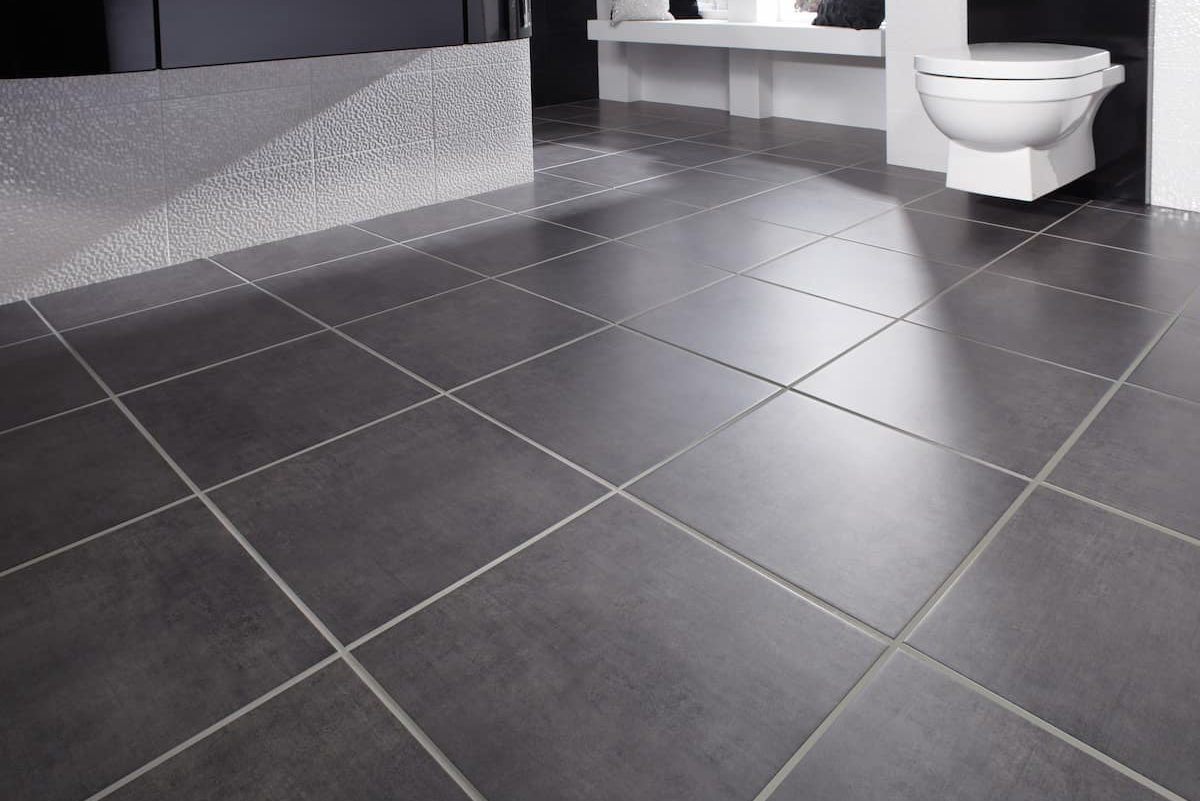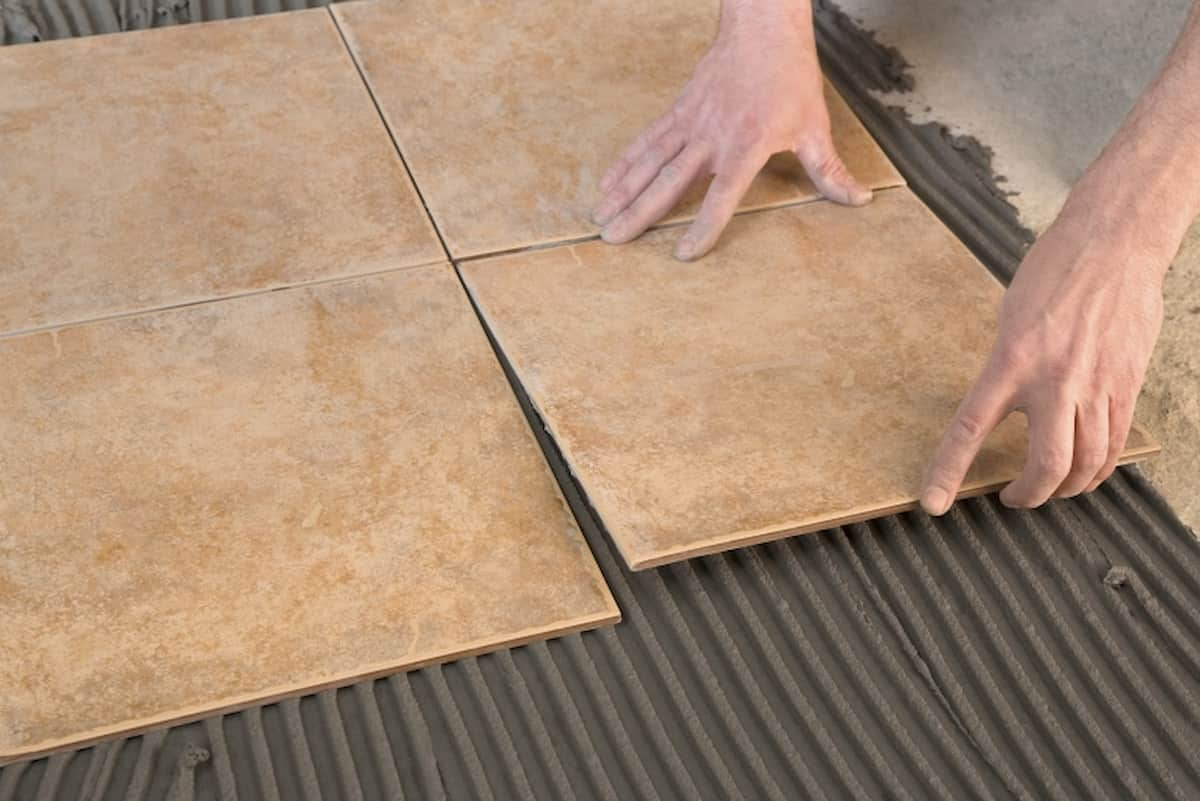Tile industry in South Africa has several ecological impacts which need high care. However, it has business chances and opportunities as positive points. The following are the main environmental challenges associated with the production of ceramics:
1) Gas emissions that may be produced while handling and storing raw materials, firing ceramics, or spray-dying them. The fuels and raw materials used to generate heat and electricity can also contribute to emissions.
2) Waste water, which is produced during various processes like glazing, decorating, polishing, and wet grinding as well as during the cleaning of water in casting and preparation units.
Potential contaminants include dissolved and suspended heavy metals (such as lead and zinc), suspended solids (such as clays and insoluble silicates), sulfates, boron, and minute amounts of organic debris.
3) Solid waste made up primarily of sludge, including sludge from waste water treatment, glazing, plastering, and grinding operations, and it comes from the production of ceramic products. Broken refractory material, solids from dust treatments, used plaster molds, and packaging debris are some other forms of solid waste.

The Kyoto protocol and other environmental laws are followed by ceramic manufacturers to ensure that pollution is kept to a minimum.
The Kyoto Protocol is an international agreement of the United Nations Framework Convention on Climate Change (UNFCCC) that aims to stabilize the concentrations of two groups of gases—hydrofluorocarbons and perfluorocarbons—and four greenhouse gases—carbon dioxide, methane, nitrous oxide, and sulfur hexafluoride—produced by industrialized nations.
Other mitigation strategies include educating staff members about environmental issues through the protection policy, conducting environmental impact analyses (EIAs) for all new projects, and recycling water back into the environment once all impurities have been reduced to levels that are acceptable to the environment.
In South Africa, industrial mineral commodities such clays, sand, slate, and granites, which are primarily employed in the production of goods for the construction sector, account for around 90% of small scale mining (SSM) activity.
Industrial minerals are typically found closer to the surface, making access to them less expensive. The production of bricks, ceramics, tiles, etc. is simple.
Because of how simple it is to make these goods, great levels of competence are not necessary. However, there are SOEs (State Owned Entities) like Mintek and Mining Qualifications Authority (MQA) that help with training and government departments like the Department of Mineral Resources (DMR), Department of Trade and Industry (DTI), Industrial Development Corporation (IDC), etc.

that help with funding of small scale miners. Small scale mining is associated with a lack of funding and skills. According to the Millennium Development Goals (MDGs) of the United Nations, SSM can be utilized as a tool to boost the economy by reducing poverty and generating jobs, especially in rural regions. The DMR is now keeping tabs on 20 SSM projects, and another 17 projects are expected to start soon.
Small-scale miners extract clay for manufacturing bricks at additional SSM clay deposits in Newcastle, Northern KZN, and QwaQwa in the Eastern Free State.
To allow Small Medium and Micro Enterprises (SMMEs) to access official markets, such as government or municipal housing projects, these sites that make low-quality bricks need to be upgraded. Clay materials such as feldspar, silica, talc, kaolin, and others are used to make ceramic items.
The Ndwendwe Ceramics project, situated in Kwazulu Natal, was started to offer employment opportunities to the community of Verulam as an example of an SSM initiative that produces ceramics. A tiny factory was established to transform clay into ceramics that may be sold in western markets.
Matatiele-based Sikhululiwe Bawo is a ceramics initiative. The project makes ceramic products like tiles, ornamental items, and plates.

Forcast
The construction sector, one of the biggest consumers of industrial minerals, is the main source of demand for ceramic products.
When cutting edge technology, research, and development are paired with the wealth of raw materials in South Africa, the industry could grow more quickly and contribute more to the national economy.
Numerous prospects exist for small-scale mining of ceramic raw materials, particularly in rural locations. Adding local value to these raw materials for pottery is simple because it doesn’t call for sophisticated expertise.
As the local building sector grows, the ceramic industry is anticipated to flourish. Due to the ceramic market’s close ties to the construction sector, 2011 sales growth is anticipated as the market keeps improving.
The government’s R846 million infrastructure development program from 2010 to 2012 is aimed to help the South African construction industry to improve. The demand for ceramic tiles would increase due to the residential development sector.

Due to fewer projects and anticipated building investment declines of an average of 5% from 2010 to 2012, the non-residential sector will experience slower growth. Renovations will primarily come from the market for improvements and repairs as tile surfaces are used to replace worn-out and outdated floors. Due to the shaky local and global economic recovery, growth in this industry will be moderate.
Due to a shortage of funding, small-scale manufacturers, in particular, are finding it difficult to compete in the formal markets due to rising manufacturing and raw material costs.
Government assistance for small-scale producers makes up the majority of their sources, yet it is insufficient to support their expansion. It would be easier for small-scale manufacturers to enter formal markets if the private sector provided the crucial support in the form of joint venture initiatives, the transfer of skills, and technology development.
Innovation will be essential to this industry’s resurgence. All novel and alternative uses of ceramics are now possible thanks to current production technology.
Ceramic filters, membranes, fuel cell technologies, armor protection/bullet proofing, ceramic protective linings, high-tech specialties (such industrial diamond convolutes), and ceramic fiber goods are among the industries that South Africa expects to grow in the future.
Our professional negotiators are eager to receive your message in order to begin a prosperous relationship for both sides.












Your comment submitted.